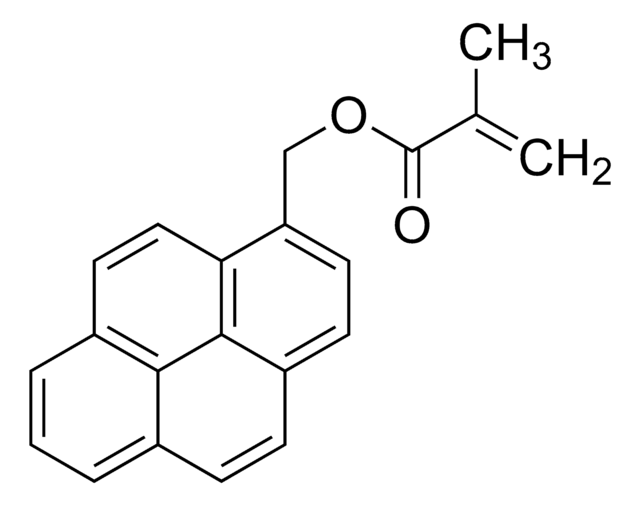764531
Cerium(IV) oxide-yttria doped
nanopowder, contains 10 mol % yttria, <50 nm particle size, 99.9% trace metals basis
Synonym(s):
10YDC, YDC-10, YDC10, Cerium yttrium oxide, YDC, Yttria doped ceria, Yttrium doped ceria
About This Item
Recommended Products
Assay
99.9% trace metals basis
form
nanopowder
contains
10 mol % yttria
greener alternative product characteristics
Design for Energy Efficiency
Learn more about the Principles of Green Chemistry.
sustainability
Greener Alternative Product
particle size
<50 nm
mp
>400 °C
greener alternative category
, Enabling
SMILES string
O=[Ce]=O.O=[Y]O[Y]=O
InChI
1S/Ce.5O.2Y
InChI key
XVLUKJGVKWVXMP-UHFFFAOYSA-N
Looking for similar products? Visit Product Comparison Guide
General description
Application
Regulatory Listings
Regulatory Listings are mainly provided for chemical products. Only limited information can be provided here for non-chemical products. No entry means none of the components are listed. It is the user’s obligation to ensure the safe and legal use of the product.
ISHL Indicated Name
Substances Subject to be Indicated Names
ISHL Notified Names
Substances Subject to be Notified Names
JAN Code
764531-BULK:
764531-25G:4548173349664
764531-VAR:
Choose from one of the most recent versions:
Certificates of Analysis (COA)
Don't see the Right Version?
If you require a particular version, you can look up a specific certificate by the Lot or Batch number.
Already Own This Product?
Find documentation for the products that you have recently purchased in the Document Library.
Our team of scientists has experience in all areas of research including Life Science, Material Science, Chemical Synthesis, Chromatography, Analytical and many others.
Contact Technical Service




